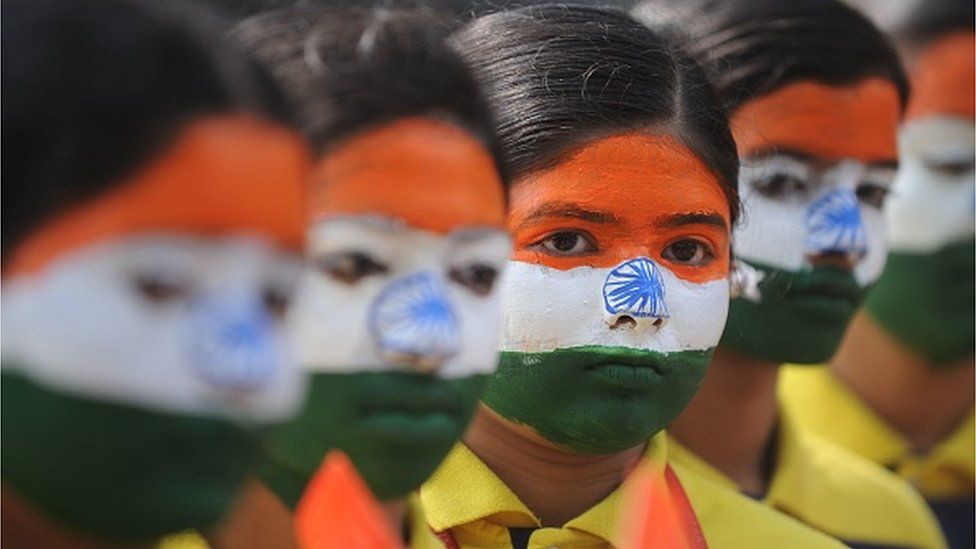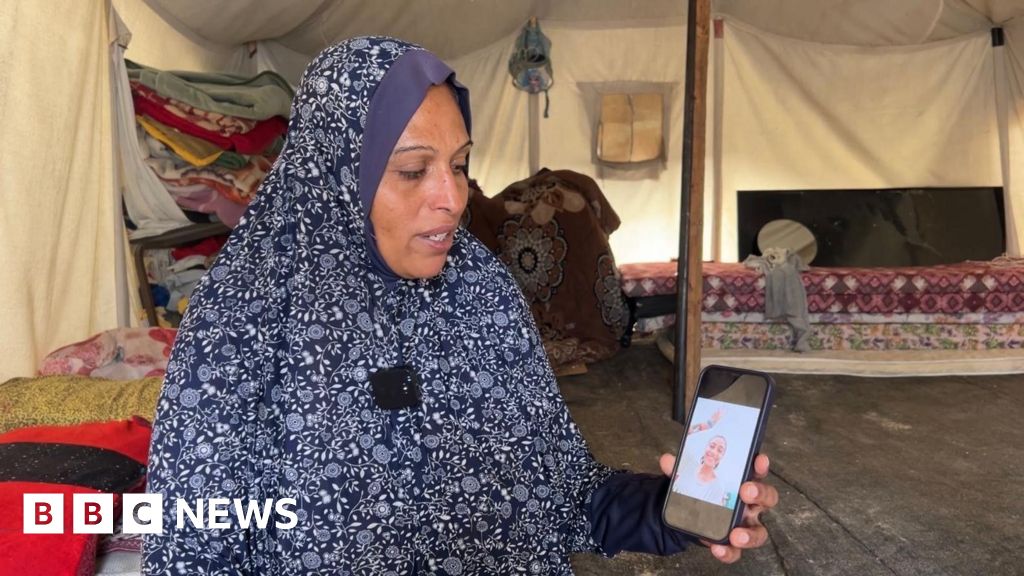ARTICLE AD BOX
By Geeta Pandey
BBC News, Delhi
 Image source, Getty Images
Image source, Getty Images
Is India's skewed sex ratio at birth - meaning more boys are born than girls - beginning to normalise?
Yes - and it's fuelled largely by changes within the Sikh community, according to a study by US-based Pew Research Center.
The non-profit think tank studied the data from the latest National Family Health Survey (NFHS-5) - the most comprehensive household survey of health and social indicators by the Indian government, conducted between 2019-2021 - with a special focus on how gender imbalance at birth has been changing within India's major religious groups.
The study says sex ratio at birth (SRB) has been improving for Hindus, Muslims and Christians, but the biggest change seems to be among Sikhs - the group that previously had the greatest gender imbalance.
Experts, however, advise caution while interpreting this data as the survey covers only about 630,000 of India's 300 million households.
"The true picture will be known only after the census which counts the entire population and provides a more accurate account," says researcher and activist Sabu George.
India's well-documented preference for sons has historically led to a very skewed sex ratio in favour of men.
It's rooted in widely-held cultural beliefs that a male child would carry the family name, look after the parents in their old age, and perform the rituals on their death - while daughters would cost them dowries and leave them for their matrimonial homes.
This anti-girl bias, coupled with the easy availability of pre-natal sex screening from the 1970s, has seen tens of millions of female foetuses aborted - a process known as female foeticide.
Despite a government ban on sex-selection tests in 1994, campaigners say it remains rampant. Nobel laureate Amartya Sen has described India as "a country of missing women" and the UN estimates that nearly 400,000 female births - or 3% of all female births - are missed annually as a result of gender biased sex selection.
Image source, Getty Images
Experts say if there's no sex selection, for every 100 girls born, there will naturally be 105 male births, but the number of female births in India has been much lower for decades now.
According to the 2011 Census, India had about 111 boys per 100 girls. The number improved slightly to about 109 in the NFHS-4 (in 2015-16) and is at 108 now.
This new data, Pew says, suggests that the preference for sons has been waning and Indian families are becoming less likely to use sex selection to ensure birth of sons rather than daughters.
The biggest change, it says, is seen among the Sikhs - a community that makes up less than 2% of the Indian population, but has accounted for an estimated 5% - or approximately 440,000 - of the nine million baby girls who went "missing" in India between 2000 and 2019.
The wealthiest of India's major religious groups, Sikhs were the first in India to use sex determination tests widely to abort female foetuses.
The community saw its sex ratio at birth peak at 130 in the early 2000s - it is now down to 110 which is much closer to the national average of 108.
"This follows years of government efforts to curb sex selection - including a ban on pre-natal sex tests and a massive advertising campaign urging parents to 'save the girl child' - and coincides with broader social changes such as rising education and wealth," the study says.
Researcher and activist Sabu George questions the assertion that India's sex ratio at birth has begun to normalise.
"The one-point reduction from NFHS-4 to NFHS-5 is only a slight improvement. To call it normalisation is an exaggeration, a distortion," he says.
Mr George also points out that the NFHS-5 data was gathered at a time when India was struggling to cope with a pandemic.
"Covid killed four million people, the health system had collapsed and a lot of other health services, including birthing services, were impacted across the country," he says, adding that the data collection at the time, especially in some of India's bigger, more populous states, was far from robust.
Image source, Getty Images
He does agree that female foeticide has been declining in Punjab and Haryana - where a majority of Sikhs live - over the years.
Amit Kumar, a gender researcher based in Punjab, says despite the decline, he finds little change in the attitudes on the ground.
"I do not see any difference in narratives today from what I found in books from a 100 years back. Agents of patriarchal structure also evolve with the time, so you see that the same practices exist, the same attitudes exist, but they get modified and look a bit different on the ground. It's old wine in a new bottle," he says.
The PhD student in masculinity studies, who undertook a survey two years back in rural Punjab, says two years back, he met a 28-year-old villager who said that he would have killed his daughter if his wife had given birth to a girl.
"In Punjab, a girl is seen as a burden, a liability, and it's very normal and culturally accepted for people to seek blessings at Gurdwaras (Sikh temples) and shrines for a male child."
If you ask people a direct question, he says, they will always deny that they discriminate between boys and girls. But if you probe deeper, you find the son preference very much exists, with most people saying that having one son is necessary because he has to perform rituals after their death.
In the past few years, Mr Kumar says, hoardings and advertisements have come up that warn people against resorting to illegal sex determination tests and that has created some fear among the public.
"So sex determination tests and abortions have decreased a bit, but only a bit and everyone knows which clinic to consult if they want to abort a female foetus."
What is also worrying, he says, is that if you look at the official crime data, it shows a consistent increase in the numbers of "miscarriages and abandonment of the girl child" from 2012 - which could mean that girls are being neglected after birth.
"Only behavioural change can stop the neglect of the girl child, but that's a long-term process," Mr Kumar says. "It takes time to change attitudes. And the pace of change is very slow."

 2 years ago
21
2 years ago
21








 English (US) ·
English (US) ·